Meet the behind-the-scenes team that keeps SickKids ticking
Summary:
A team of 10 nurses is responsible for ensuring the hospital runs smoothly and safely after hours.
“It’s a well-kept secret. It’s one of the best jobs in the building,” says Barb Hoeve, whose job title of Clinical Programs and Services Administrator, hardly touches on the breadth and depth of the issues she and her fellow teammates get called for day and night.
This team of 10, which is currently made up entirely of female nurses, uses its combined 325+ years of service at The Hospital for Sick Children (SickKids) to keep the hospital ticking at night, on the weekends and on holidays. Casually referred to as Child Health Services (CHS) Administrators, the team helps to ensure the building, and everyone inside it, is safe 24/7, 365 days per year. They represent on-site clinical and corporate leadership when many departments are on their off hours and operate with fewer staff in the hospital.
It’s a responsibility felt deeply by all the CHS Administrators. “The accountability and responsibility are very, very heavy on an individual,” says Munira Nanji, who was a Nurse and Sr. Clinical Manager in the Division of Haematology/Oncology/Palliative Care Team for 25 years before she became a CHS Administrator. “I never feel alone. I always know the On-call team is there. Security is there, Housekeeping is there. But the way our decision-making is implemented, can be paramount to the safety of the patients, families, and staff. This leans very heavy on the Administrator.”
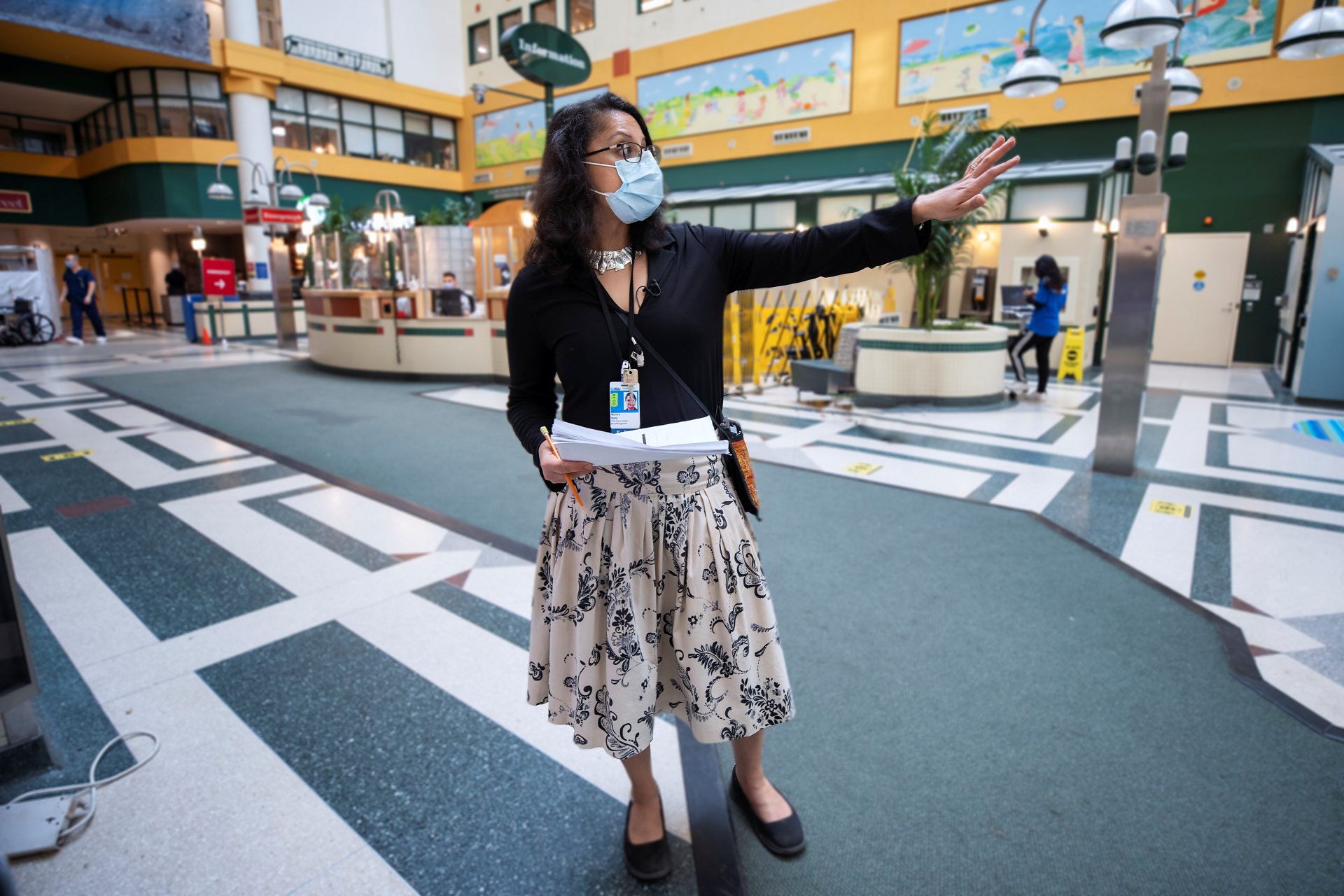
“The building is a big puzzle and staffing is a big puzzle”
A key component of patient and staff safety is ensuring that all clinical areas of the hospital have appropriate staffing levels for their patient populations. As another CHS Administrator, Kristina Jovanovic, puts it, “Sometimes that’s beautiful and it’s easy. Sometimes it’s a little bit more difficult and you need to think outside of the box. But always it’ll be safe and always we try to make it nice for staff who have to move around.”
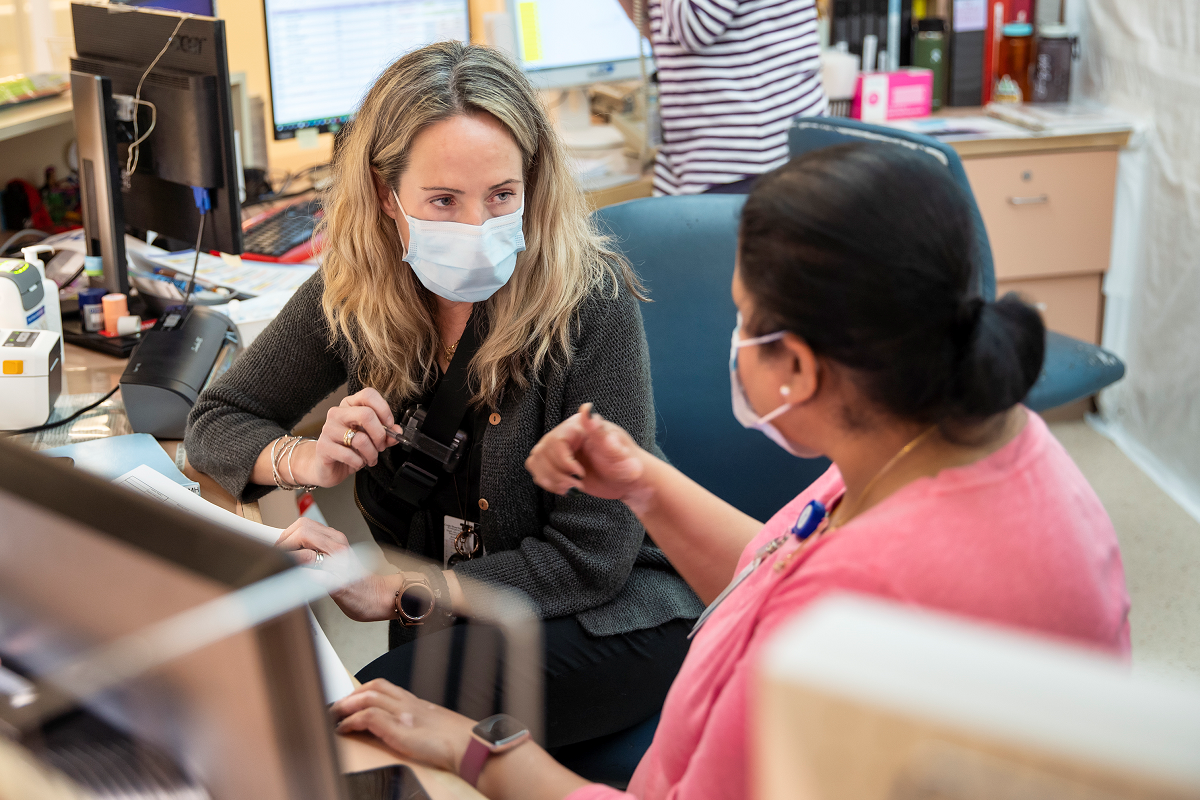
The CHS Administrators look at the entire hospital and help to balance risk by sharing resources between programs while ensuring redeployed staff are supported and working in areas that best match their unique skillsets. During the pandemic, when staff absences have been higher than usual due to COVID-19 or a COVID-19 exposure, this has been critically important.
“Really, the building’s a big puzzle and staffing is a big puzzle. All the pieces are things like the acuity of the patients, the number and experience level of staff on each unit, the Emergency Department and patients that need to be admitted. So, it’s one big puzzle and you just figure out how to make it fit,” says Hoeve, who spent 35 years at SickKids, initially as a Nurse in the Neonatal Intensive Care Unit (NICU) and then on the Critical Care Response Team (CCRT), before moving into her current role.
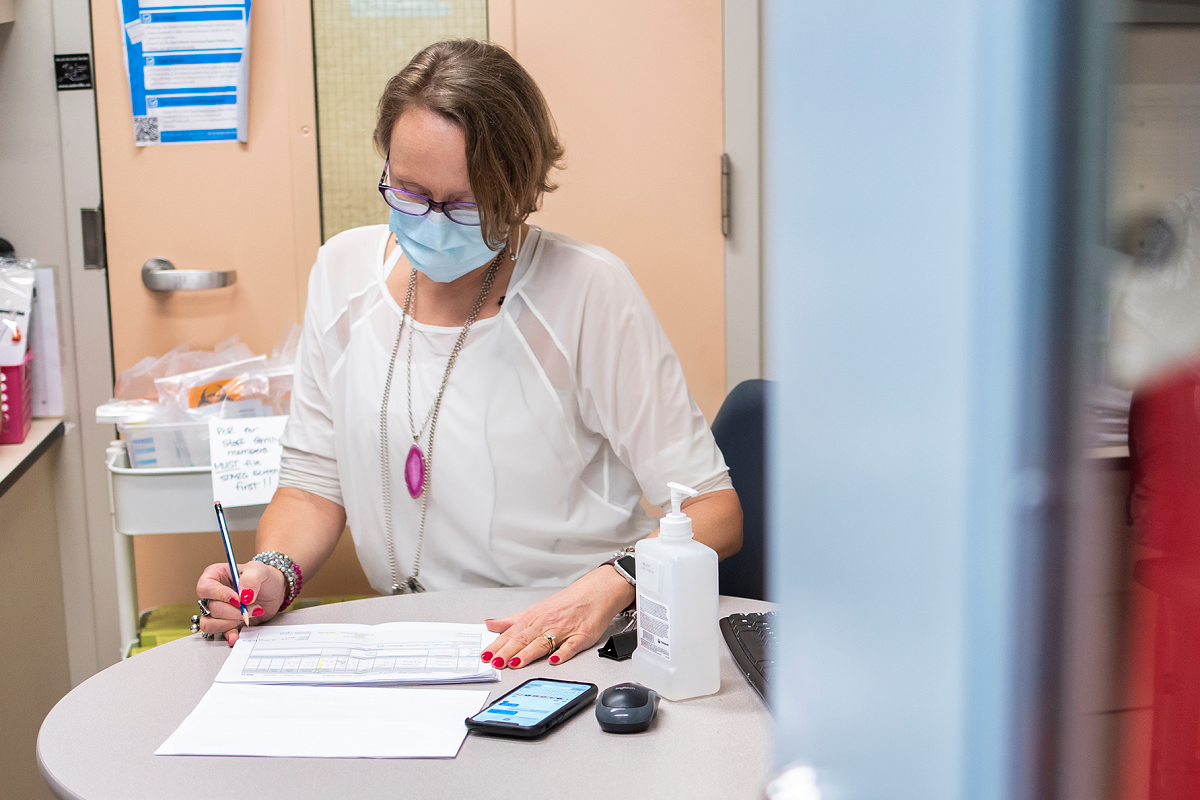
Keeping calm under pressure
Acting as hospital leadership after hours means being ready for a wide range of scenarios – and sometimes, disasters. In the event of a major emergency, such as an external incident that brings many patients to SickKids (also called a Code Orange) or a need to evacuate all or part of the hospital (Code Green), the CHS Administrator is often the first person to initiate the hospital’s emergency response.
“When something major happens to the hospital that could impact how we care for our patients or poses an imminent risk to people’s safety, we have to act quickly and decisively,” says Nanji. “We might decide to activate the hospital’s Command Centre so we can identify who’s going to take the lead and who do we need in the room – physically or virtually – to make and execute decisions.”
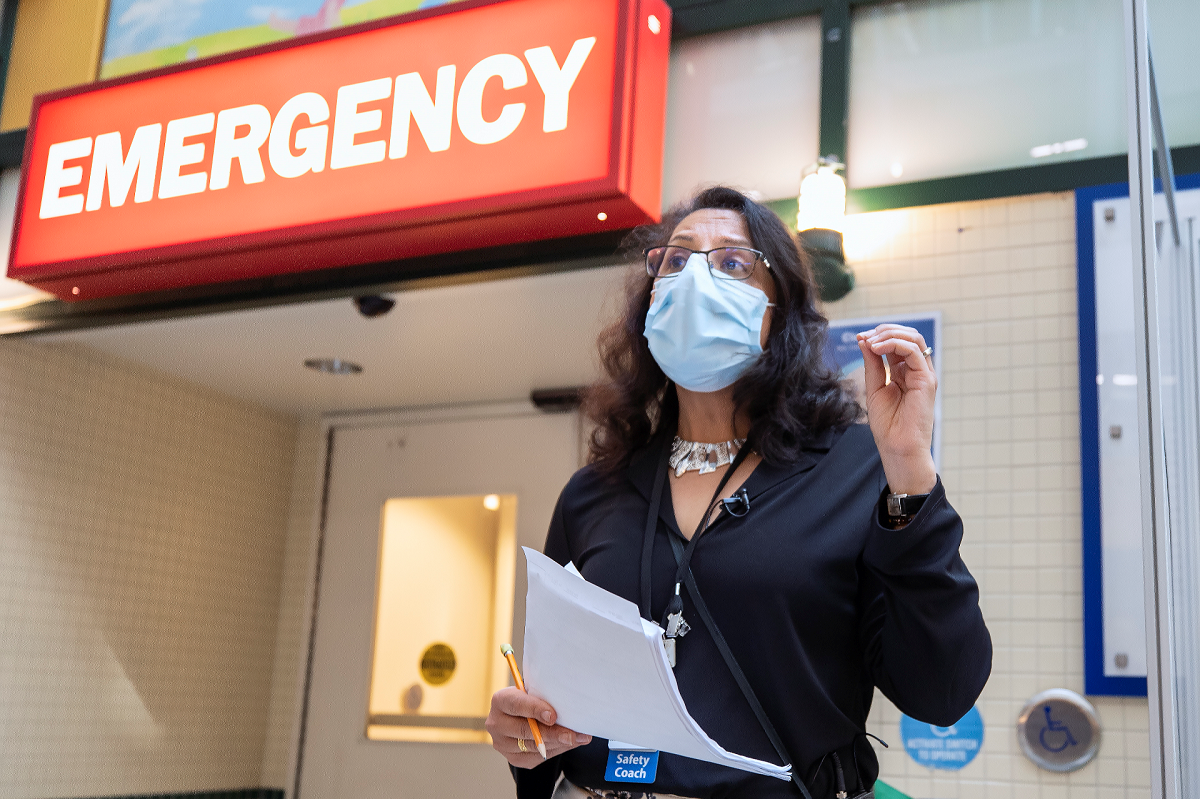
Depending on what’s happening, the CHS Administrators may take the lead of the Command Centre team, which is made up of representatives from across the organization. Alternatively, they might provide support by liaising with police, implementing measures that could impact clinical operations, or carrying out other tasks requested by the Command Centre.
“I’ve welcomed you as a guest into my house”
As with all hospitals, patients and their families are sometimes coming into SickKids during times of extreme stress. Despite everyone’s best efforts, conflicts can occur and potentially escalate to a point where a patient or family member becomes verbally or physically aggressive. In these situations, CHS Administrators are called in for their unique expertise and ability to de-escalate conflicts.
Jovanovic, who spent 20 years as a Nurse in the SickKids Emergency Department, describes her approach to managing conflict. “I’ll introduce myself and I’ll say, ‘This is my house. I’ve welcomed you as a guest at my house and I’m happy that you’re here. As a guest, I’ll offer you everything. But remember you’re at my house and I’d like for you to treat my family with respect.’ And usually people understand.”
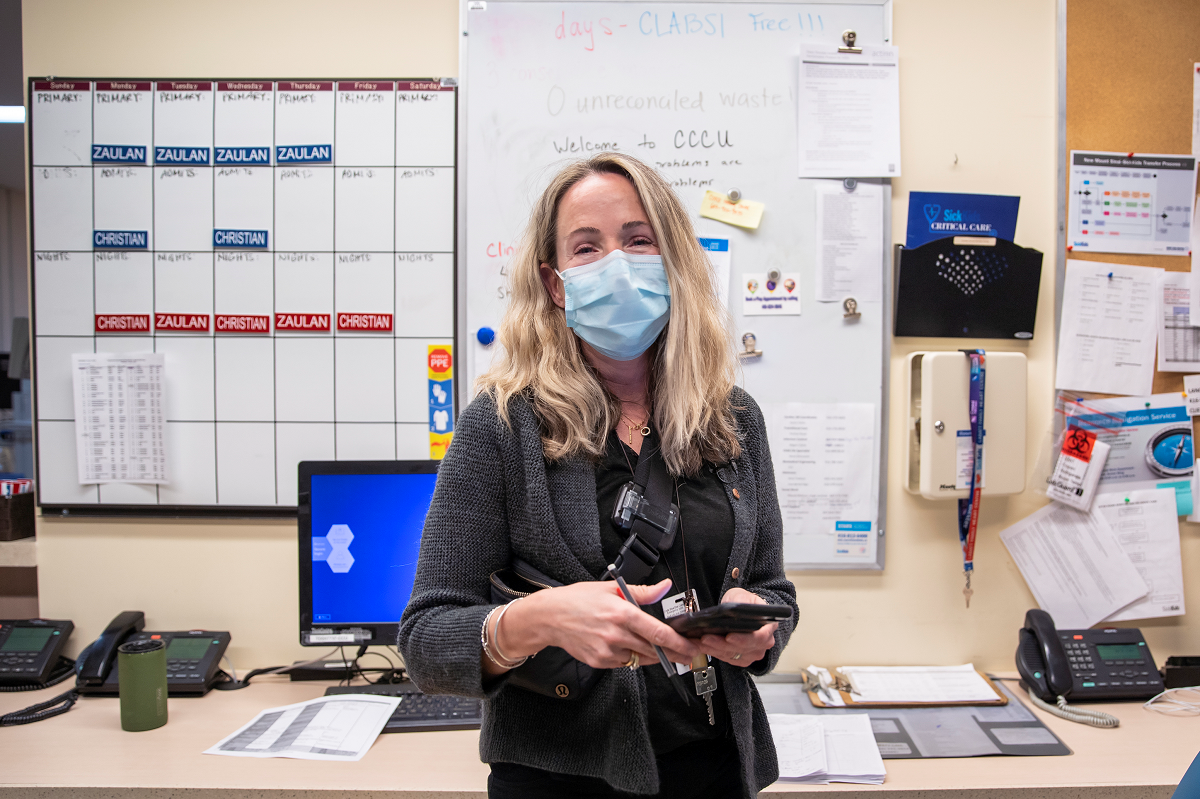
Hoeve, Jovanovic, Nanji and all the CHS Administrators take immense pride in making sure ‘the house’ is safe for patients, families and staff. Their respect and compassion for everyone who walks through SickKids’ doors is evident after just a few minutes of talking with them.
“I look at our patients and families and think to myself, ‘Wow, what incredible strength and spirit they have,’” says Nanji “And then I see the staff and how they are so dedicated and engaged, even during difficult times. I’m so proud to be with SickKids because of the people.”

